Contents
Guide

New Approaches in Demotic Studies
Zeitschrift fr gyptische Sprache und Altertumskunde
Beihefte

Herausgegeben von
Susanne Bickel, Hans-Werner Fischer-Elfert, Antonio Loprieno, Sebastian Richter
Beirat
John Baines, Elke Blumenthal, Julia Budka, Richard Parkinson, Kim Ryholt, Stephan Seidlmayer, Jean Winand
Band 10

ISBN 978-3-11-066253-5
e-ISBN (PDF) 978-3-11-066487-4
e-ISBN (EPUB) 978-3-11-066262-7
ISSN 2198-5790
Library of Congress Control Number: 2019947526
Bibliographic information published by the Deutsche Nationalbibliothek
The Deutsche Nationalbibliothek lists this publication in the Deutsche Nationalbibliografie; detailed bibliographic data are available on the Internet at http://dnb.dnb.de.
2019 Walter de Gruyter GmbH, Berlin/Boston
www.degruyter.com
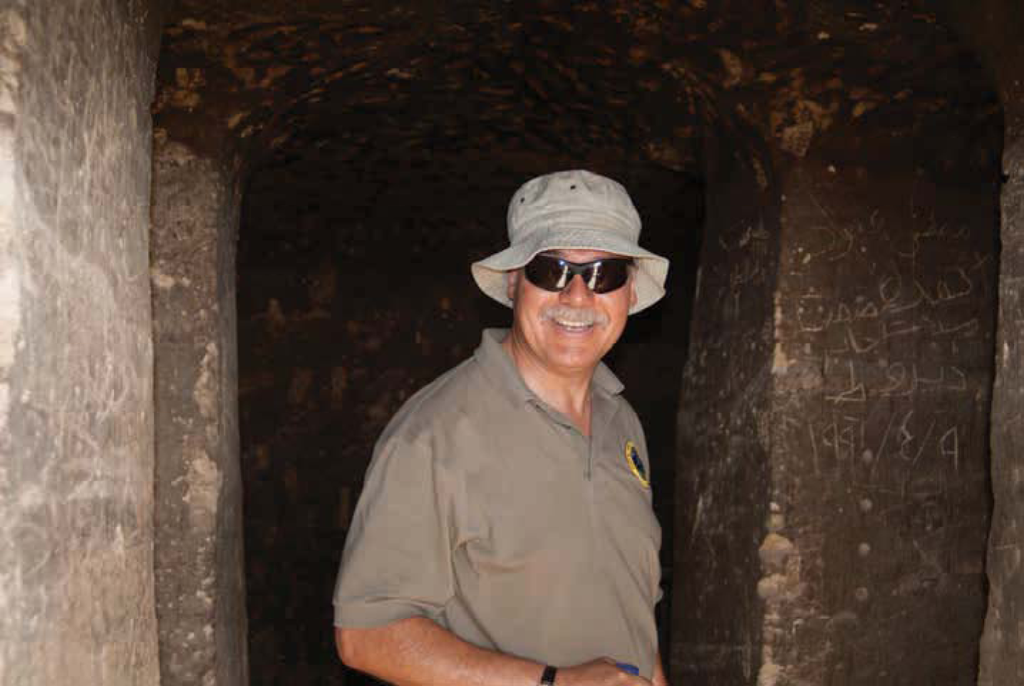
Gene 2006 in Dakhlah Oasis ( Steve Vinson)
Preface
Demotic Studies are flourishing texts new and old from archives, museums, and excavations embedded in their respective contexts and history of scholarship are the topic of this volume. As the contributions impressively demonstrate, the decipherment benefitted greatly from new approaches through methodology from the digital age or transdisciplinary studies borrowing theories and results from other academic disciplines. This enables us seeing the whole picture of Egypt from the Late Period to Late Antiquity through several media such as papyri, ostraca, graffiti, dipinti and more. Thus, these proceedings of the 13 th International Conference of Demotic Studies in Leipzig , September 48, 2017, are a state-of-the-art presentation of a vital part of Egyptology and Ancient Studies in general.
This volume is dedicated to the memory of our friend and colleague Eugene David Cruz-Uribe (December 22, 1952March 12, 2018). It was wonderful for many of us to see him (again) in Leipzig at the conference. My eyes are still getting teary when going through his last email promising a soon return to Leipzig because his colleagues here still owe him a few beers or when reading the dedication Joe Manning has kindly agreed to write for this publication. I am sure many of you share similar stories with Gene, or just Cruz, as I have heard about and experienced in the last months. Steve Vinson, who also kindly shared the photograph printed in this volume with us, compiled a beautiful poster together with Jackie Jay which he presented at the ARCE annual meeting in Spring 2018 in Tuczon, AZ. He also wrote an obituary which appeared in Enchoria 35 (2016/2017), XIXV. Another obituary by Peter Piccione can be found in the Journal of the American Research Center in Egypt (JARCE) 54 (2018), 516; with doubtlessly more to follow. If you like to read more, see the website https://www.iue.edu/tribute/memories/ which Indiana University East set up to remember Gene. He will never be forgotten!
At this point, I would like to thank the authors for sharing their research and the seven colleagues of the advisory board who all accepted within twelve hours to anonymously peer-review the contributions. Through their generous input and support sharing their research and expertise, this volume benefitted greatly. Susanne Bickel, Hans-W. Fischer-Elfert, Antonio Loprieno and Tonio Sebastian Richter agreed from early on to accept this publication as part of the ZS-B series. As always, it was a pleasure to cooperate with Mirko Vonderstein of de Gruyter publishers. The formatting was substantially shouldered by the Egyptological eagle eyes of Josephine Hensel who deserves an extra round of applause. Overall, it was a very smooth ride with all of you, and I am very grateful for this.
Many of the authors added further material to their contributions, e.g. integrating finds from excavations after September 2017, or, in the case of Kim Ryholt, adding an extra article. Speakers who did not wish to write an article already agreed to publish their research elsewhere or, as in most cases, were in the early stages of a pro
I would like to take the opportunity to thank my colleagues and students from Leipzig University to organize the conference and the accompanying exhibition Bekriegt. Besetzt. Bereichert. gypten zwischen Sptzeit und Sptantike, especially Caroline Bergter, Caroline Bhme, Claudia Castaneda, Hans-W. Fischer-Elfert, Lara Galow, Anna Grnberg, Julia Jushaninowa, Verena Klemm, Annette Kunze, Christine Greger, Almut Mrker, Lutz Popko, Dietrich Raue, Kerstin Seidel, Gabriele Schier, Tami Schmidt-Gottschalk, Ulrich Johannes Schneider, and Maria-Victoria Schuffenhauer.
A couple of donors provided us with financial support: the Vereinigung von Frderern und Freunden der Universitt Leipzig e. V., the Egyptian Museum, the Freundeskreis des gyptischen Museums der Universitt Leipzig e. V., the Saxonian State Ministry for Higher Education, Research and the Arts, Reisebro Flugbrse, de Gruyter publishers, Harrassowitz publishers, Mohr Siebeck publishers, Peeters publishers.
If you would like to know more about the conference, please visit its website https://www.gko.uni-leipzig.de/index.php?id=9119. The catalogue of the exhibition is available open access under http://nbn-resolving.de/urn:nbn:de:bsz:15-qucosa2-161898.
The 14 th International Conference of Demotic Studies will take place in summer 2020 in Heidelberg.
Franziska Naether
Leipzig, 24 January 2019
Abstracts
Maha Akeel, Helwan
A Glimpse on the Site of Naga El-Mashaykh through two Demotic Texts
Two demotic texts written on limestone fragments belonging to the collections of the Egyptian Museum, Cairo. Both fragments are probably from the Ptolemaic Period and came from Naga El-Mashaykh, suggested to be the site of the administrative capital of the eighth Upper Egyptian nome ( T-Wr ). The first text lists personal names on the front and back of the fragment in a remarkable way, while the other includes personal names of those who were engaged with certain actions taking place in certain days. These texts depict some aspects of the community established at the site of Naga El-Mashaykh. The scribal features of both texts unveil a kind of relation between the site of Naga El-Mashaykh and that of Kom El-Sultan-Abydos, the religious capital of T-Wr .
Adrienn Almsy-Martin, London
The Demotic and Bilingual Mummy Labels in the Louvre
The mummy label collection in the Louvre has only been partially published: the Greek and the Greek parts of the bilingual labels were edited by F. Baratte and B. Boyaval but the demotic texts were not included. It is now intended that all the demotic and bilingual mummy labels in the collection should be studied and published in the form of a catalogue, which I am preparing in collaboration with M. Chauveau. This article will discuss some of the issues that will be addressed in the publication.
Marie-Pierre Chaufray, Bordeaux
Demotic and Greek Jar Labels from Bir Samut and Bir Abbad (Egyptian Eastern Desert)

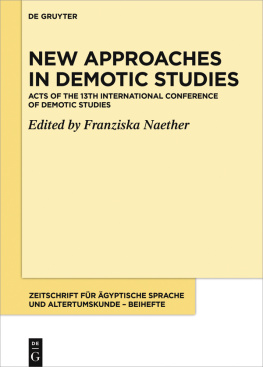


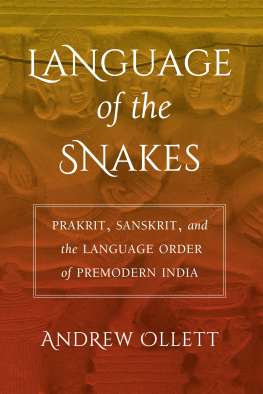
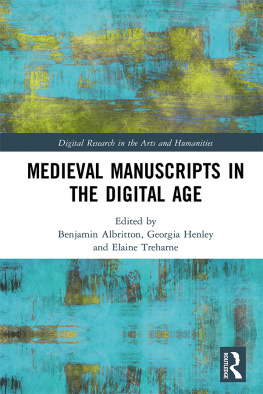
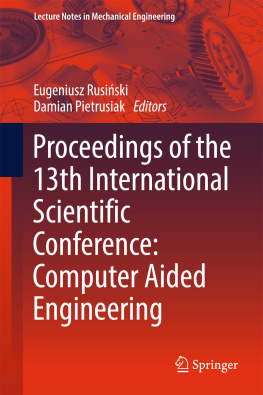

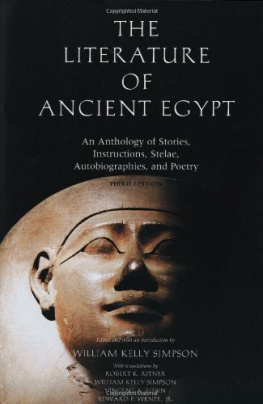




 Gene 2006 in Dakhlah Oasis ( Steve Vinson)
Gene 2006 in Dakhlah Oasis ( Steve Vinson)